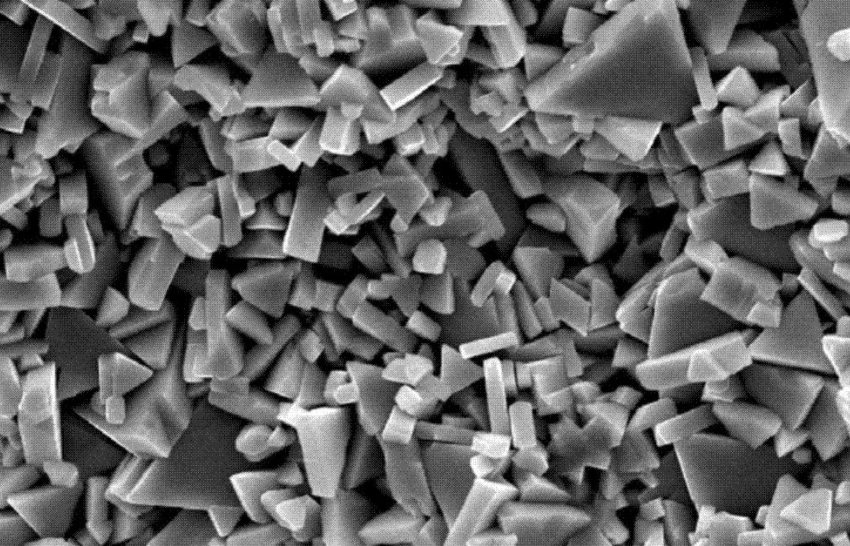It is well known that the quality of carbide saw blades is closely related to the quality of processed products.The correct and reasonable selection of carbide saw blades is of great significance for improving product quality, shortening the processing time, and reducing processing costs.
Maybe you are distressed about how to choose! Then please read this article patiently, I hope it should be able to help you more.

Carbide saw blades include various parameters such as the type of alloy cutter head, the material of the substrate, the diameter, the number of teeth, the thickness, the tooth profile, the angle, and the aperture. These parameters determine the processing capacity and cutting performance of the saw blade. Therefore, when choosing a saw blade, it is necessary to select the saw blade correctly according to the type of sawing material, the thickness, the speed of sawing, the direction of sawing, the feeding speed, and the width of the saw road.
First, the choice of cemented carbide types.
Commonly used types of cemented carbide are tungsten-cobalt and tungsten-titanium. Because tungsten-cobalt-based cemented carbide has better impact resistance, it is more widely used in the wood processing industry. As the cobalt content increases, the impact toughness and flesxural strength of the alloy will increase, but the hardness and wear resistance will decrease. Choose according to the actual situation.

Second, the choice of substrate.
1. 65Mn spring steel has good elasticity and plasticity, economical material, good heat treatment hardenability, low heating temperature, easy deformation, and can be used for saw blades that require low cutting requirements.
2. Carbon tool steel has high carbon content and high thermal conductivity, but its hardness and wear resistance drop sharply when exposed to a temperature of 200℃-250℃, heat treatment deformation is large, hardenability is poor, and long tempering time is easy to crack. Manufacture economical materials for tools.
3. Compared with carbon tool steel, alloy tool steel has better heat resistance, wear resistance and better handling performance. The heat deformation temperature is 300℃-400℃, which is suitable for manufacturing high-grade alloy circular saw blades.
4. High-speed tool steel has good hardenability, strong hardness and rigidity, and less heat-resistant deformation. It is ultra-high-strength steel with stable thermoplasticity and is suitable for manufacturing high-end ultra-thin saw blades.

Third, the choice of diameter.
The diameter of the saw blade is related to the sawing equipment used and the thickness of the sawing workpiece. The diameter of the saw blade is small, and the cutting speed is relatively low; the large diameter saw blade has higher requirements on the saw blade and sawing equipment, and the sawing efficiency is also high. The outer diameter of the saw blade is selected according to different circular saw models.
Fourth, the choice of the number of teeth.
Generally speaking, the more the number of teeth, the more cutting edges can be cut in a unit time, the better the cutting performance, but the more cutting teeth need to use more cemented carbide, the price of the saw blade is higher, but the teeth are too dense , The chip volume between the teeth becomes smaller, which is easy to cause the saw blade to heat up; in addition, there are too many saw teeth. When the feed amount is not matched, the cutting amount of each tooth is small, which will aggravate the friction between the cutting edge and the workpiece, and affect the service life of the cutting edge. Usually the tooth spacing is 15-25mm, and a reasonable number of teeth should be selected according to the material to be sawed.

Fifth, the choice of tooth profile.
1.The left and right teeth are the most widely used, the cutting speed is fast, and the grinding is relatively simple. It is suitable for cutting and cross sawing various soft and hard solid wood profiles and density boards, multi-layer boards, particle boards, etc. The left and right teeth equipped with anti-repulsion protection teeth are dovetail teeth, which are suitable for longitudinal cutting of all kinds of boards with tree nodes; the left and right tooth saw blades with negative rake angle are usually used for pasting because of their sharp teeth and good cutting quality,which are suitable for panels.
2. The flat tooth saw blade is rough, the cutting speed is slow, and the grinding is the simplest. It is mainly used for sawing of ordinary wood, with low cost. It is mostly used for aluminum saw blades with smaller diameters to reduce adhesion during cutting, or for grooving saw blades to keep the bottom of the groove flat.
3. Ladder flat teeth are a combination of trapezoidal teeth and flat teeth. The grinding is more complicated. It can reduce veneer cracking during sawing. It is suitable for sawing of various single and double veneer wood-based panels and fireproof boards. In order to prevent adhesion, aluminum saw blades often use saw blades with a large number of teeth of the ladder flat teeth.
4. The inverted ladder teeth are often used in the bottom slot saw blade of the panel saw. When sawing the double-faced wood-based panel, the slot saw adjusts the thickness to complete the grooving of the bottom surface, and then the main saw completes the sawing process of the board. Prevent edge chipping in the saw edge.

Post time: Oct-11-2021
